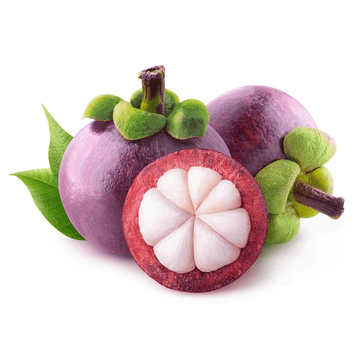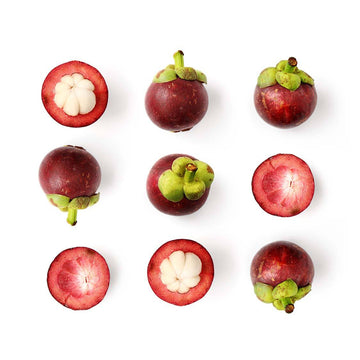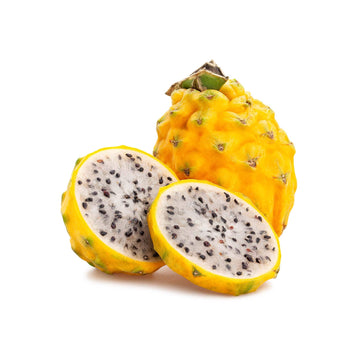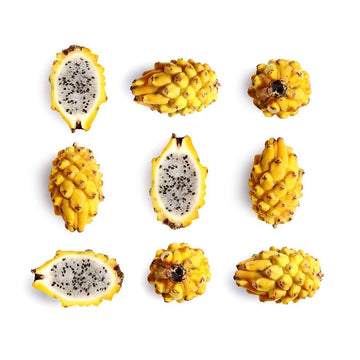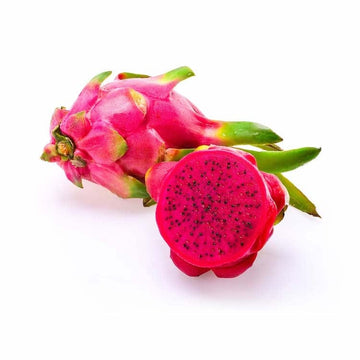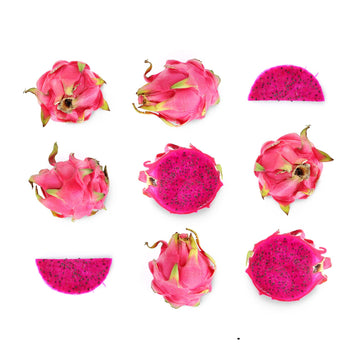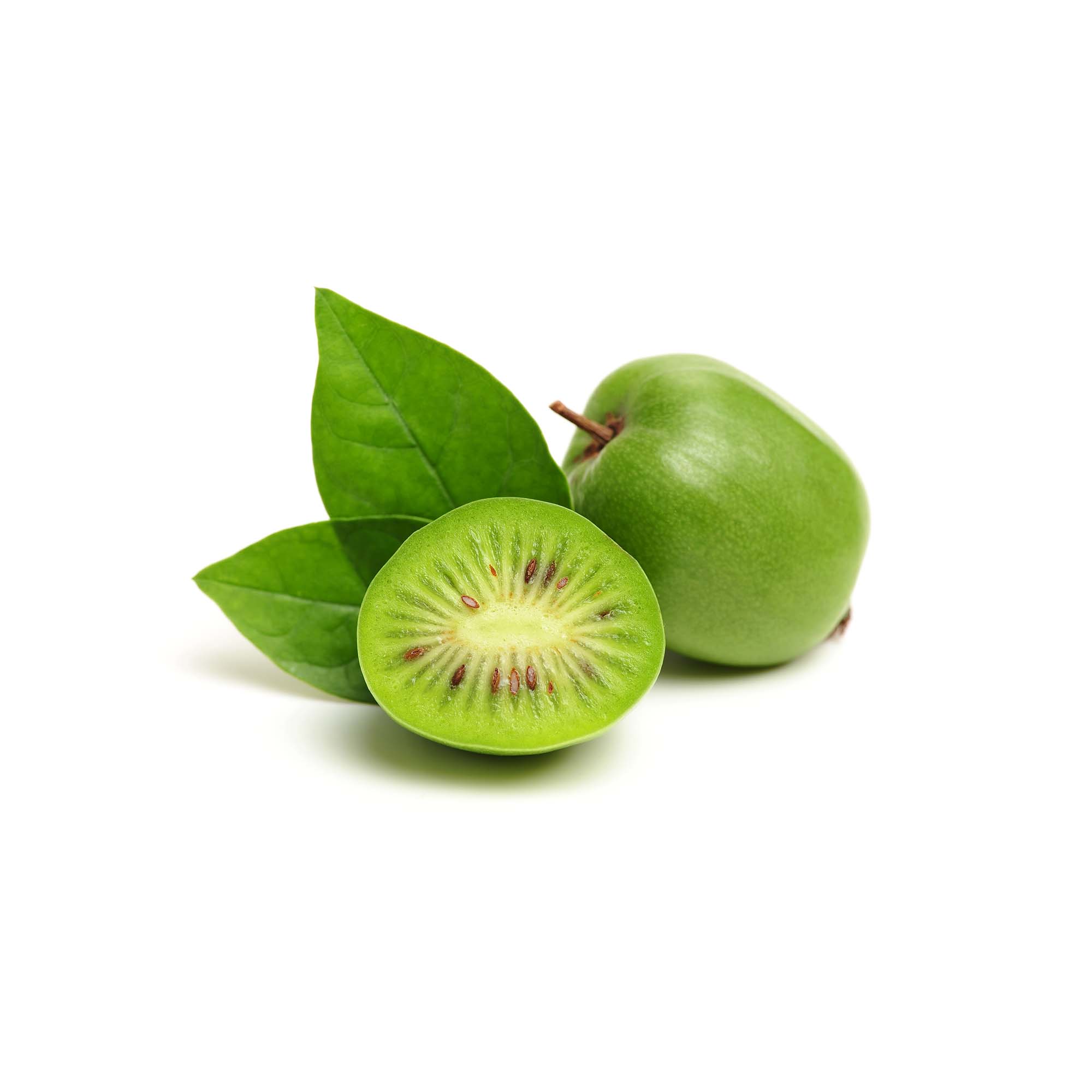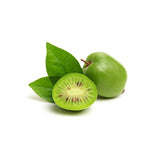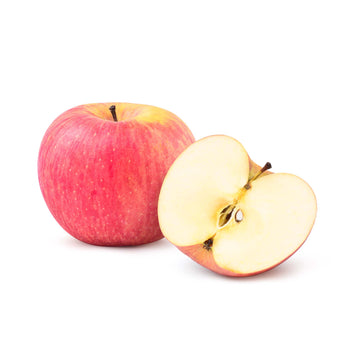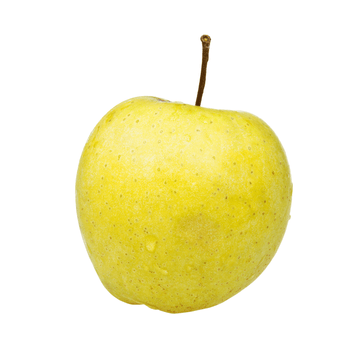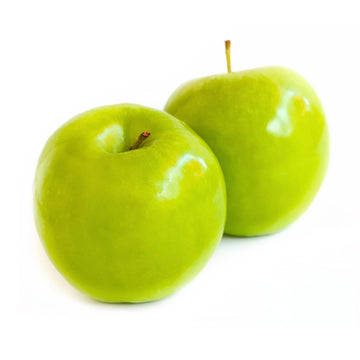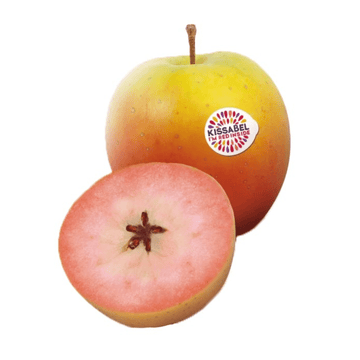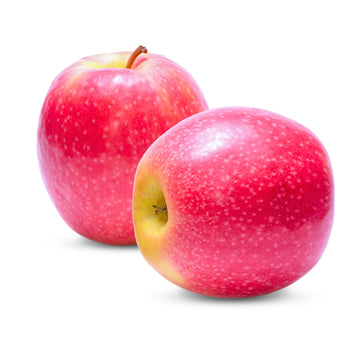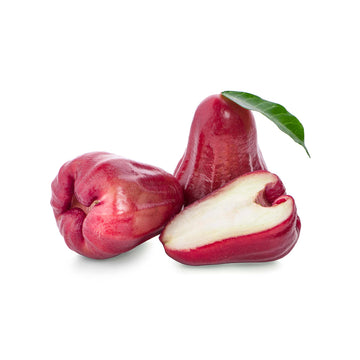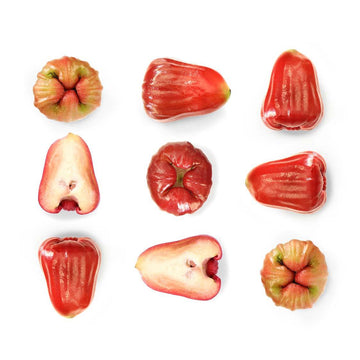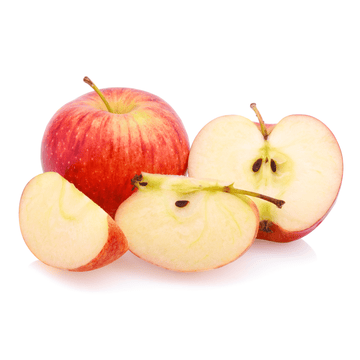Kiwi - Berry
Subcribe to back in stock notification
Country of Origin - Northern Asia
Average Weight - 100 Grams
Introduction
Kiwi berry (Actinidia arguta) is a plant native in many countries especially in Asia such as Northern China, Japan, Korea and Russia Far East. The plant produces small kiwifruits which they lack the hair covering other species of this genus have. Their colour is green and their size is like a large grape.
History
Kiwi berry is native mainly in Asian regions but they were later introduced in other parts of the world. An interesting fact is that their commercial production started only back in early 1980s and it is therefore a relatively new crop.
Regions
The area of kiwi berry commercial cultivation is increasing worldwide. Initially commercial plantations were established in USA, Europe, and Chile but later their production expanded globally. New Zealand nowadays is a major producer and countries like Belgium, Netherlands, and Poland are constantly increasing their production in kiwi berry.
Flavours & Texture
They have a complex taste and some people describe it as sweet, aromatic and acidic. Their skin is also smooth.
Preparation
Kiwi berry can be eaten without peeling as a whole. You can have it as a snack, in a fruit salad, in your cocktail or as a dessert.
Nutritional Value
Kiwi berry contains a high amount of fiber and it is very rich in vitamins, especially in vitamin C.
|
Calories per 6oz |
130 kcal |
|
Fat |
1 g |
|
Carbohydrate |
30 g |
|
Fiber |
8 g |
|
Protein |
2 g |
|
Vitamin A |
6 % of the RDI |
|
Vitamin C |
120 % of the RDI |
|
Calcium |
10 % of the RDI |
|
Iron |
4 % of the RDI |
SHIPPING
Choose your desired delivery date at the checkout, available delivery dates will be displayed at checkout stage. All orders are dispatched on a 24hr Next Working Day service. If no date is selected your order will be dispatched at the next available date.
We offer Free Next Working Day Delivery on all orders over £75 including our selection boxes.
Our shipping rates are as follows:-
England - £6.95
Scotland - £11.95
Northern Ireland - Not currently available
Customers are responsible for being present at the shipping address provided on the date selected at checkout. Exotic Fruits are not responsible for any missed or attempted deliveries that must be rearranged by the customer.
All orders are packed in cardboard boxes with a biodegradable packing pellets, straw, or hay to protect the fruit during transit.
RETURNS
Let's start by stating the obvious. Since our produce is perishable we cannot accept returns.
That said, we want every customer to be happy so we do offer vouchers, refunds and replacements at our sole discretion if your fruit has arrived inedible. If you would like to report an item which has become damaged or perished during transit, please:- We are not responsible for products that spoil if there is not someone to receive your delivery on the date that you request it, full tracking is provided and can be requested anytime after dispatch.

